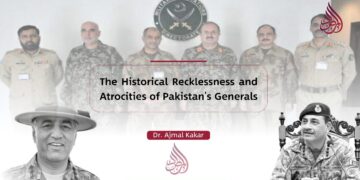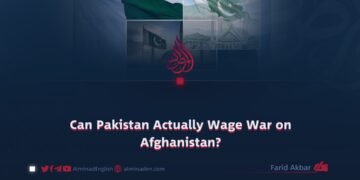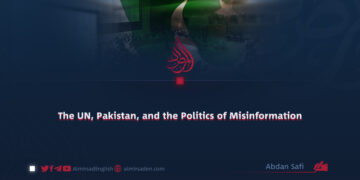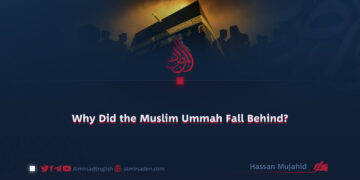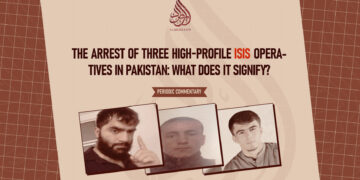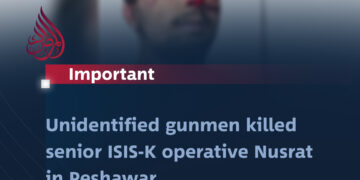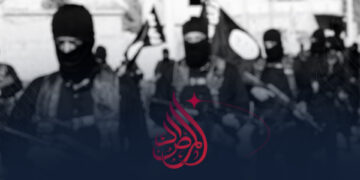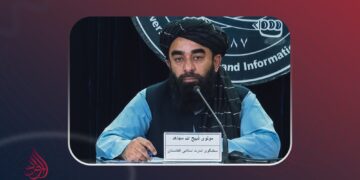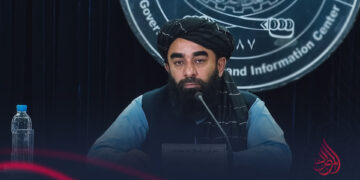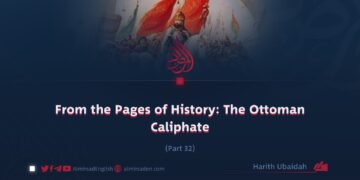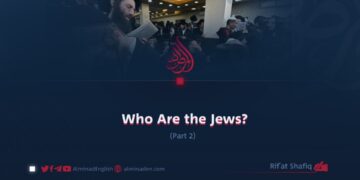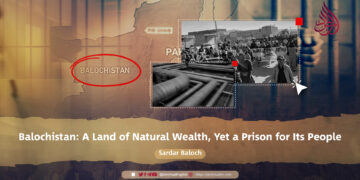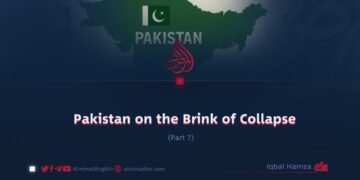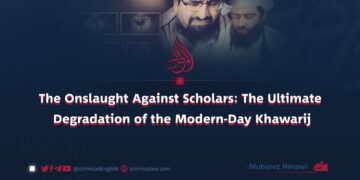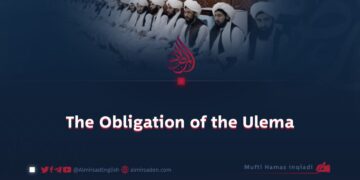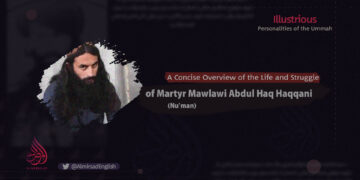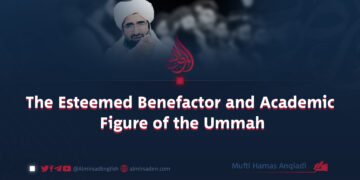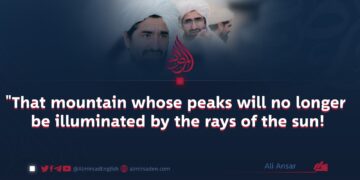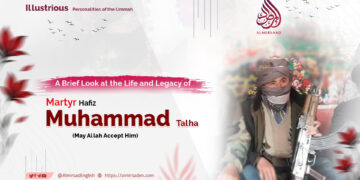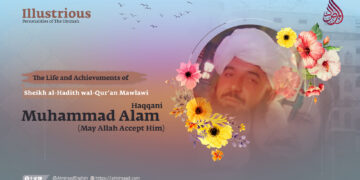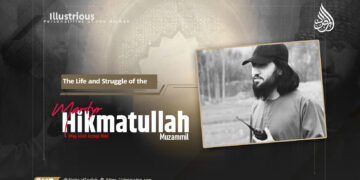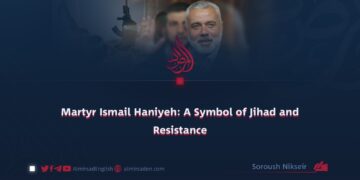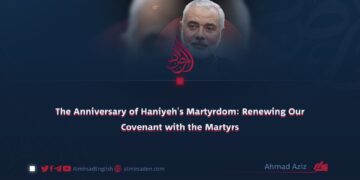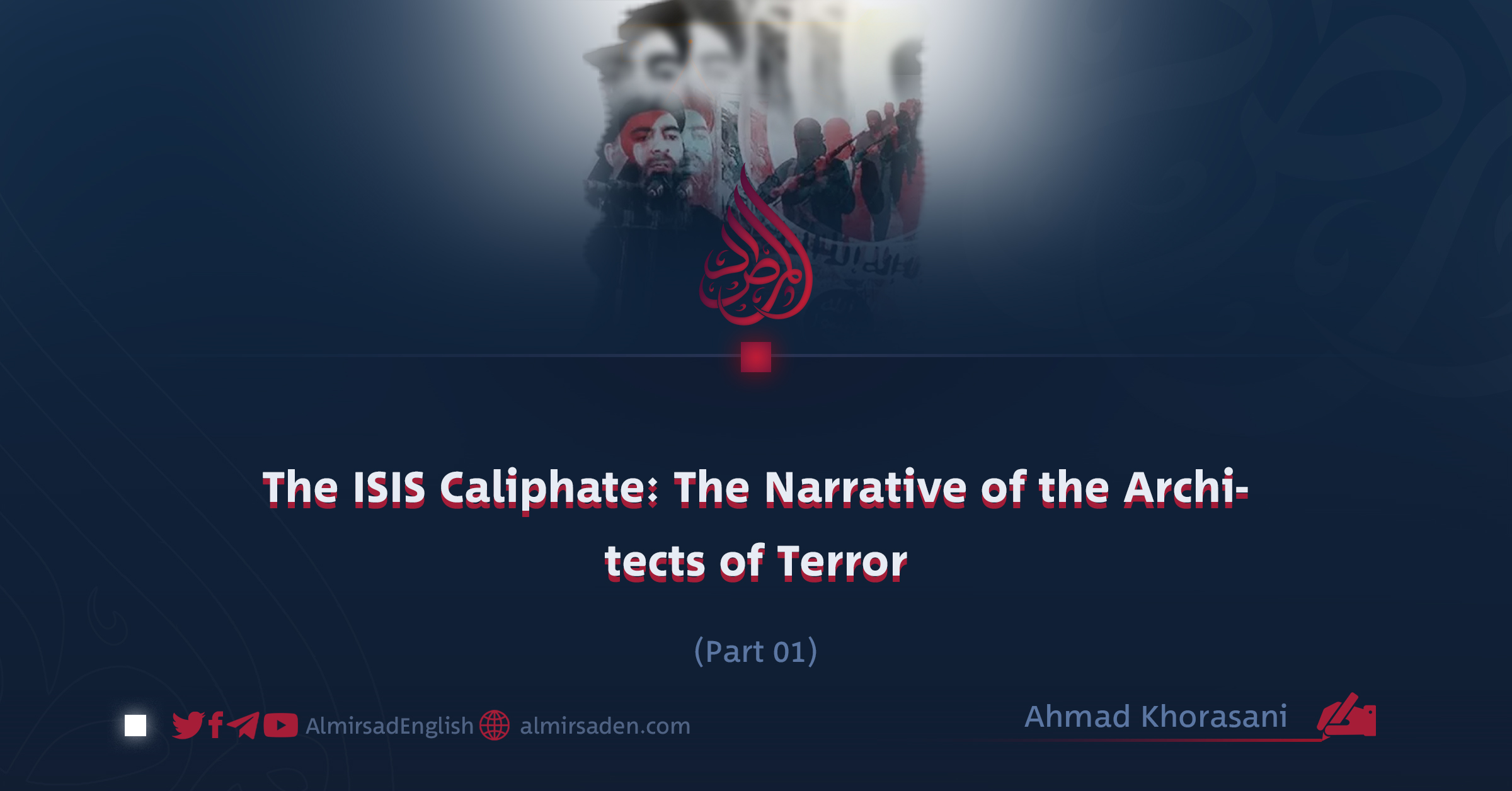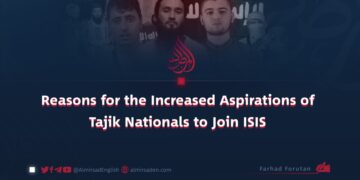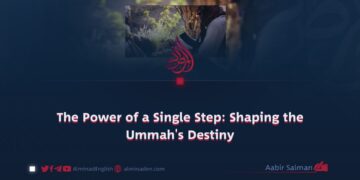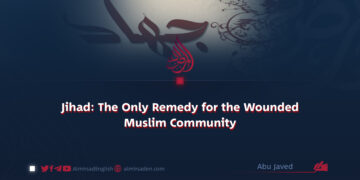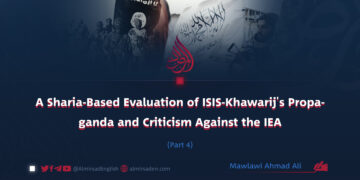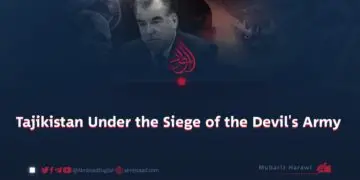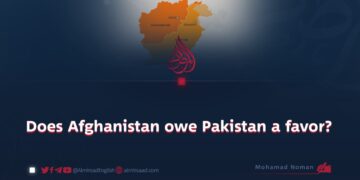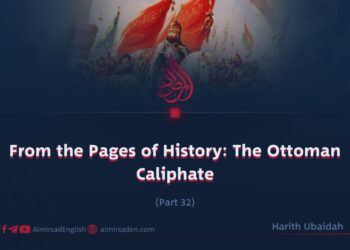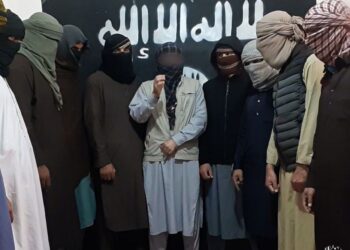Part 1
By Ahmad Khorasani
Understanding the Pursuit of Terror
In an age celebrated for its dazzling technological achievements and lofty claims of moral progress, the dark shadow of ancient barbarism has resurfaced. It no longer appears as long-forgotten warriors but in the guise of modern men who wave the banner of a caliphate while shedding the blood of innocents. ISIS, a disturbing and extraordinary phenomenon of the twenty-first century, is far more than a mere terrorist organization. It represents the latest incarnation of violence as old as history itself, now cloaked in the garments of religious ideology.
This work recounts the story of those who exalt brutality, who dream of a caliphate and trample over the graves of the blameless. To understand their cruelty, one must first examine its roots. ISIS did not emerge suddenly from a void; it is the product of specific historical and intellectual conditions, with traces extending back to the earliest chapters of Islam. The Khawarij, a defiant sect from the first generations of Islam, pioneered the logic of excommunication and violence, laying the foundation for ideas that continue to haunt the Muslim world.
In the modern era, ISIS has revived the same reasoning, now fortified with advanced tools and strategies. This article seeks to uncover these historical continuities and demonstrate how terror may change in form while preserving its savage essence across the centuries.
Afghanistan, a land scarred by suffering yet known for resilience, became one of the principal arenas for this grim spectacle. Although ISIS has largely lost its physical presence there, the wounds it inflicted remain open in the social fabric. By acknowledging these harsh realities, this account offers a regional and empathetic perspective, one that does not overlook the anguish of the Afghan people and preserves the hard-earned lessons for future generations.
This work is not written merely to document events. It aims to probe the deeper mechanisms of violence and extremism. Only through careful and comprehensive understanding of such phenomena can their recurrence be prevented. Grounded in critical analysis and supported by credible sources, this article examines the many facets of ISIS and explores ways to counter the destructive ideologies it embodies.
Throughout this series, we will examine the intellectual foundations of ISIS, its economic and military structures, and the ways in which it manipulated religious sentiment to deceive young minds. We will also highlight the roles of regional and global actors in its rise and expansion, shedding light on the complex web of factors that sustained it.
It is hoped that these reflections, however modest, will illuminate the struggle against extremism and contribute to the revival of balanced and sound religious thought. Above all, this work invites reflection and reconsideration, encouraging us to draw from the pain of the past to build a future that is more just, humane, and secure.

